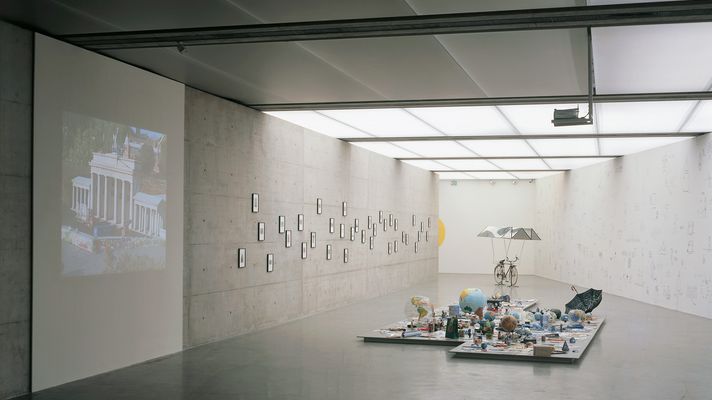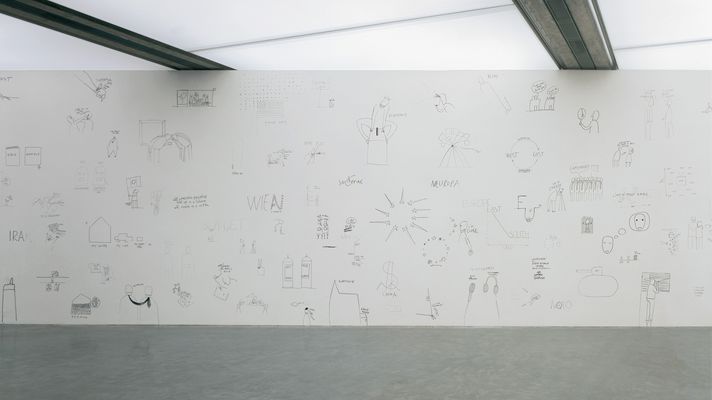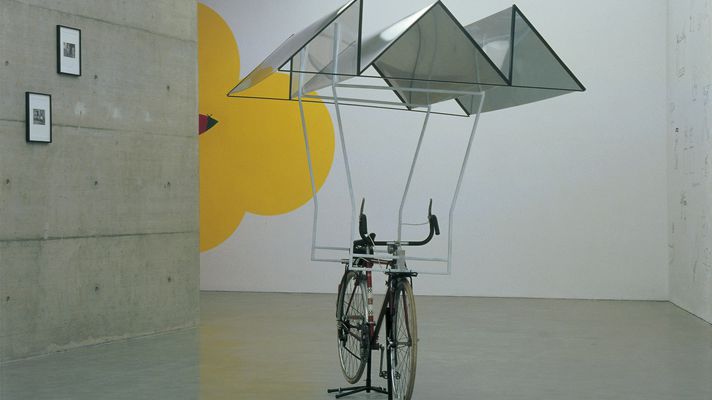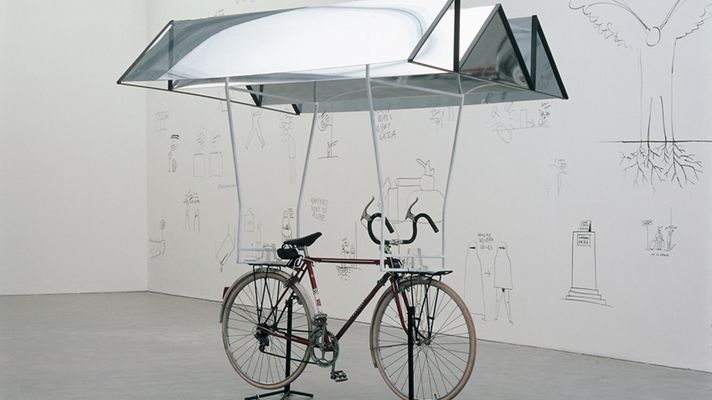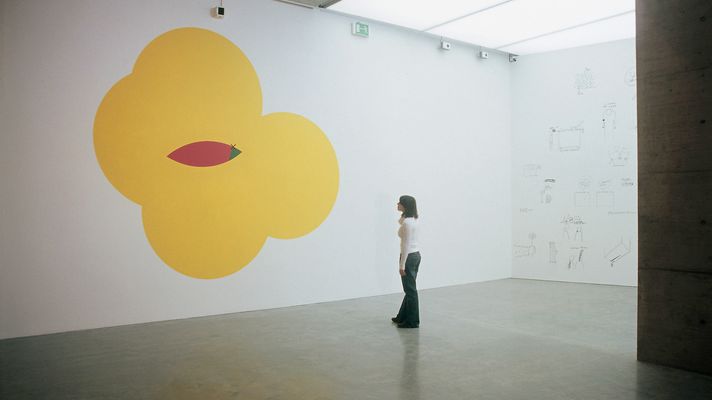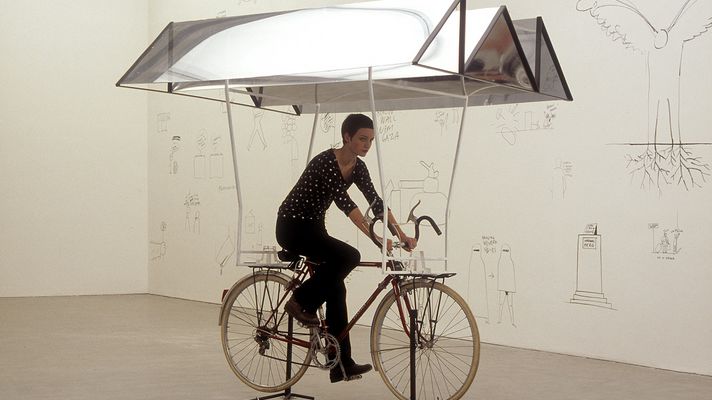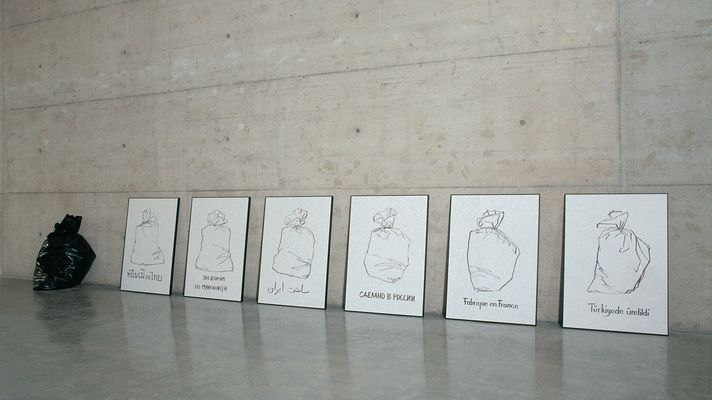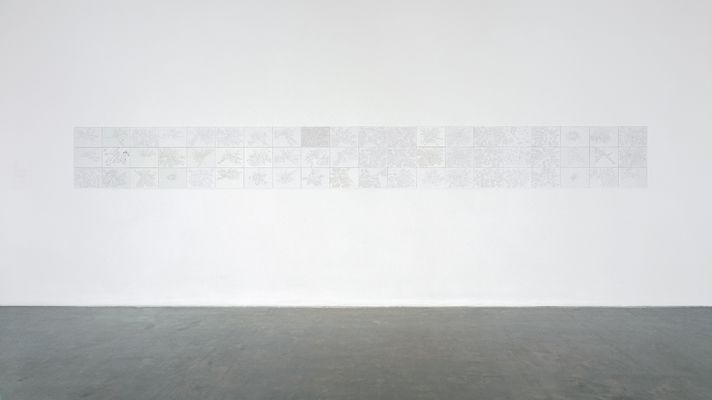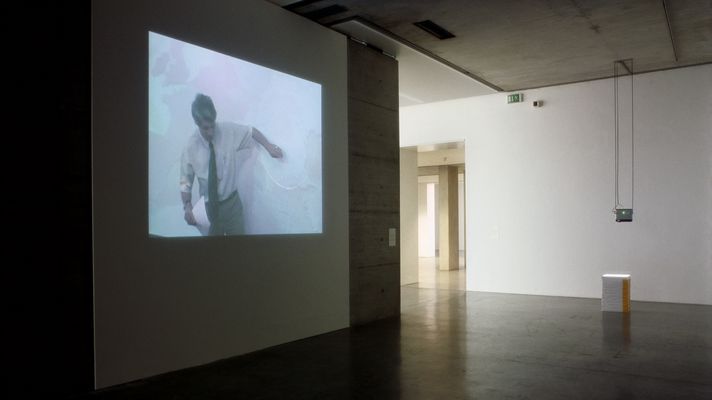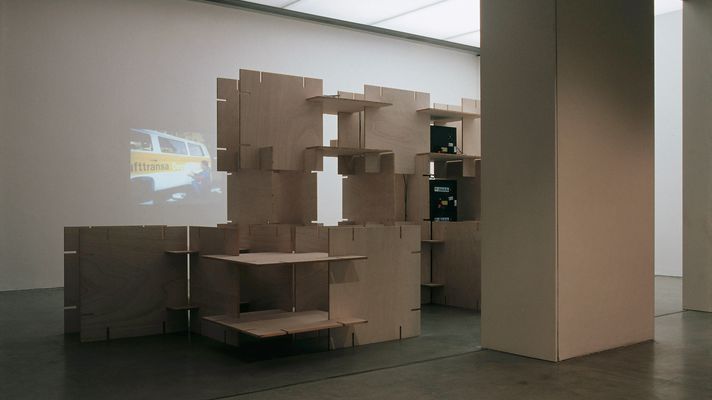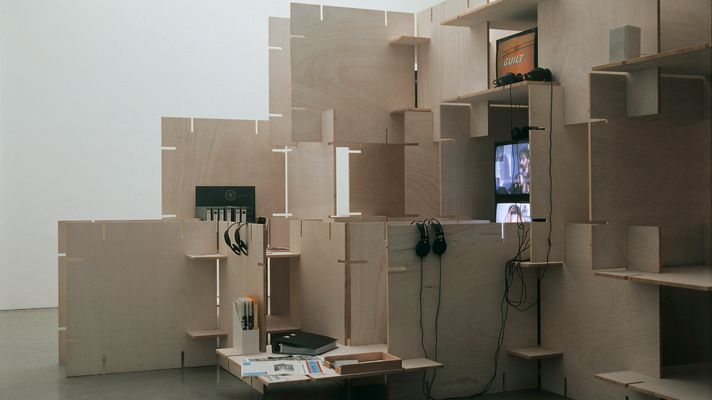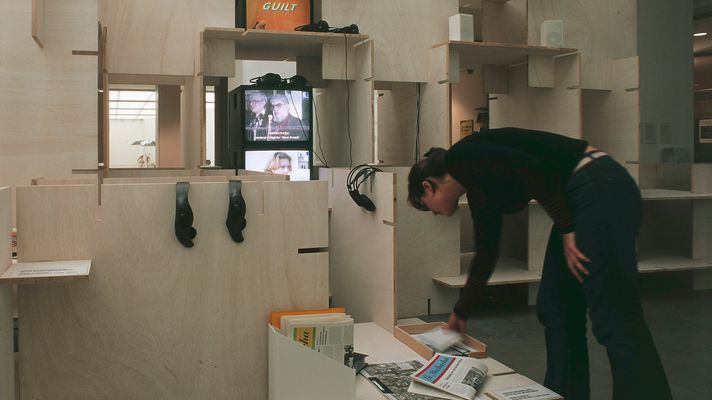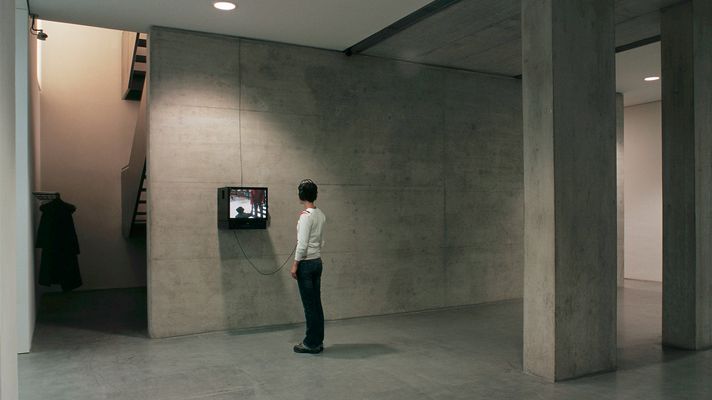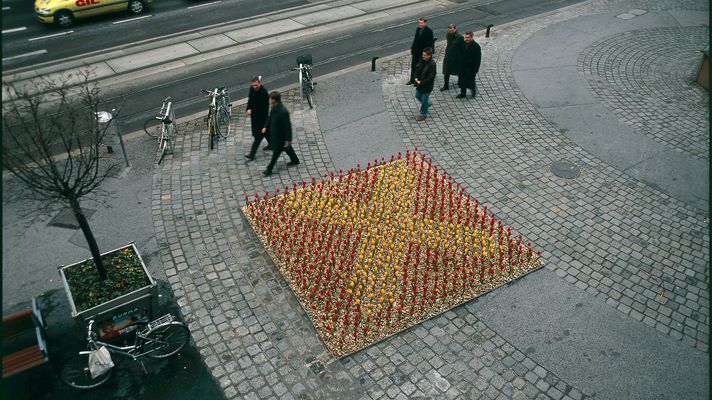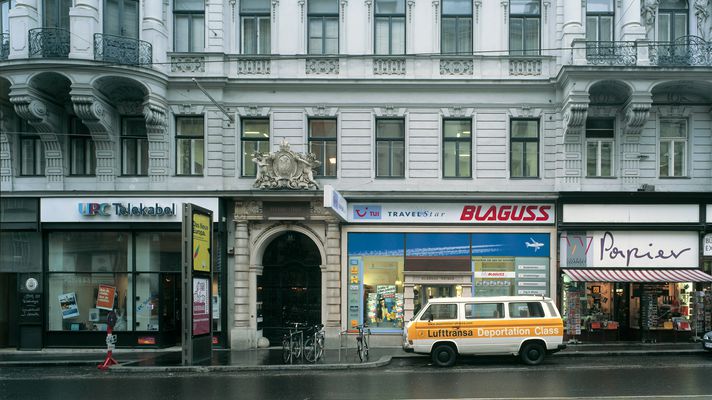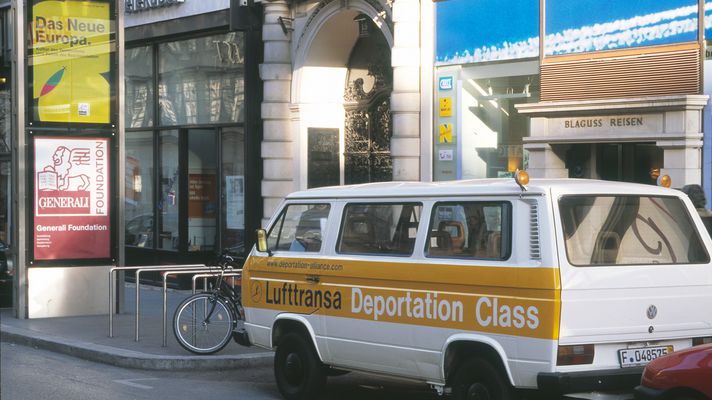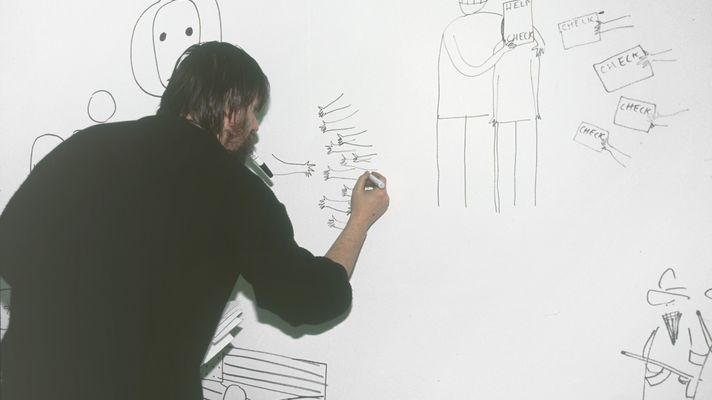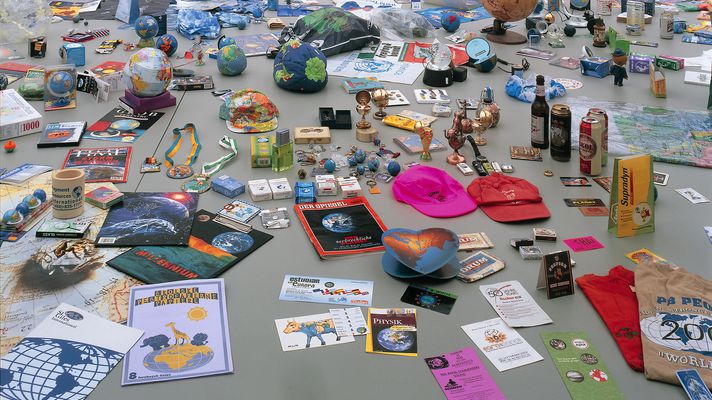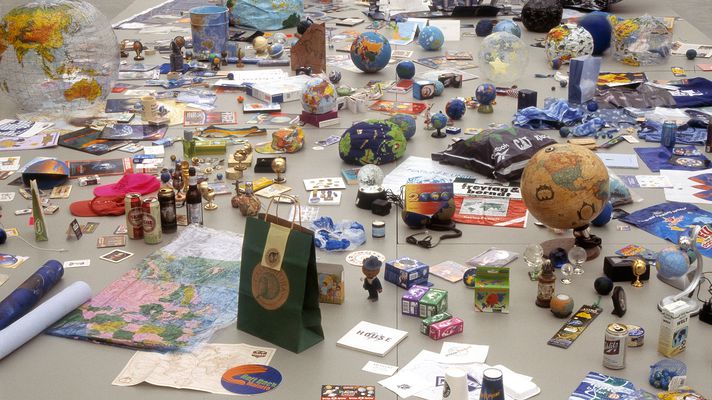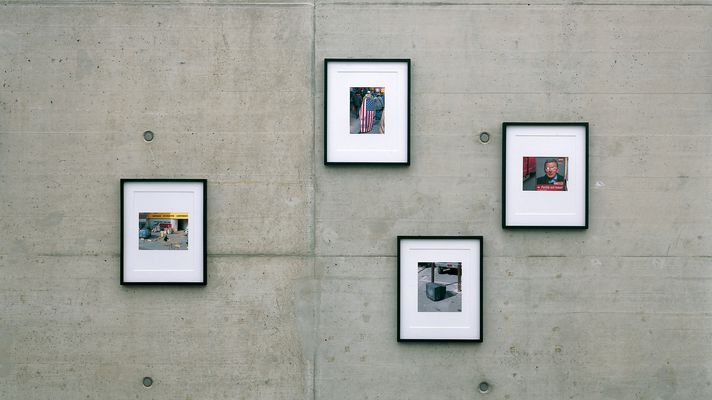The New Europe
Culture of Mixing and Politics of Representation
Opening reception: 19 January, 2005, 7 p.m.
20 January through 24 April 2005
Place of exhibition: Generali Foundation, Wiedner Hauptstraße, 1040 Vienna
With works by: Renaud Auguste-Dormeuil, John Miller, Oda Projesi, Dan Perjovschi, Lia Perjovschi, Natascha Sadr Haghighian, Hito Steyerl, Marlene Streeruwitz, Silke Wagner, Jasmila Zbanic, and also projects and initiatives from the European area.
In their exhibition created for the Generali Foundation, the two guest curators, Marius Babias and Dan Perjovschi, thematize the spectrum of artistic production in "New Europe" following the end of the East-West confrontation. Focus is on artistic positions that produce new connections between a culturally defined Europe and the underlying idea of political uniformity. A central line of questioning inquires how, in light of Europe’s future self-definitions, a new “culture of mixing”, liberated identities, and options for action might arise.
The exhibition designs "New Europe" as an ambivalent political project with opportunities and risks. Currently, 25 states comprise the European Union (EU). These states have diverse economic systems and living conditions. On the one hand, the unification of Europe is based on a common currency, constitution, military and political leadership, and on the other, a problematic construction of a European-Christian community of culture and values. The exhibition positions itself here, thematizing the role of art in producing pictures, images, and attitudes. Art is actively involved in the new design of Europe. Critical analysis of the greatest challenges in the European unification process seems even more necessary, since, artistic dialogues address - at an early stage -conflicts that will influence our lives in a Europe of the future.
The artistic works represented in the exhibition deal with the following aspects of "New Europe": consequences of the Yugoslavian wars from the perspective of the female subject (Jasmila Žbanić); art activism as an integral component of democracy and civil society (Silke Wagner); surveillance of public space and competition between Europe and the U.S. in the field of military technology (Renaud Auguste-Dormeuil); the artist’s changing role under post-communist conditions (Dan Perjovschi); art as a recording media for knowledge, experience, and memory in a transforming European landscape (Lia Perjovschi); Europe’s sealing off in a supposed world without borders (Hito Steyerl); activation of public space as a prerequisite for political participation in decision-making processes (Natascha Sadr Haghighian); intensification of phenomena of social community in a new type of trade (Oda Projesi); production of racism through language and media (Marlene Streeruwitz); and documentation of everyday life in different European and U.S.-American cities (John Miller). In addition to the artistic works, 15 projects and initiatives from throughout the entire European area will be introduced. The presentation display is available for visitors to use as a pool of materials and information. The documented projects and initiatives join with the artistic positions, emphasizing the claim of the exhibition; to give new impetus to the discussion of Europe.
The exhibition deals with Europe’s history, present, and future. It offers both a working out of political and economic aspects of “New Europe” and also a display of artistic positions and projects that comprehend the European process of unification as a chance to draft a critique of Europe. Babias and Perjovschi examine the constitutive categories of European thought: representation, acculturation, and trans-culturalness, and piece together the artistic works to a critical-artistic parcours.
Guest Curators: Marius Babias, Dan Perjovschi
Exhibition Coordinator: Isabella Marte
Artistic and Managing Director: Sabine Breitwieser
